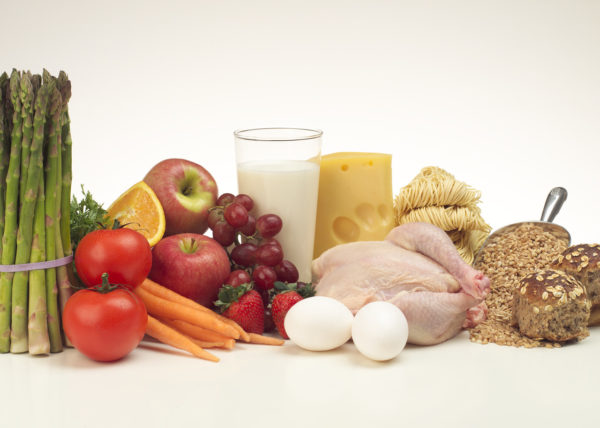Listen to this article
This time of year, many people are making resolutions to become healthier. As we age, our nutrition needs change. According to Nutrition and Aging, a popular publication in our library collection, the physical changes that occur as a person ages are “influenced by life events, illnesses, genetic traits and socioeconomic factors.” And nutrition can play a role in all of these.
 Some of the physiological changes to be aware of, notes the publication, include increases in body fat and decreases in lean muscle mass and bone density. Less obvious changes that might affect a person’s diet are sensory changes. Vision and hearing loss, for example, can make grocery shopping and eating out more difficult. Finally, as a person ages, they have different requirements for vitamins and minerals than people in other age groups. Nutrition and Aging provides quick facts on these changing nutrition needs as well as easy-to-follow suggestions on planning a healthy diet. Also included are tips on water intake; calorie reduction; osteoporosis and bone fractures; nutrition for post-menopausal women; ways to cope if you don’t like eating alone; and more.
Some of the physiological changes to be aware of, notes the publication, include increases in body fat and decreases in lean muscle mass and bone density. Less obvious changes that might affect a person’s diet are sensory changes. Vision and hearing loss, for example, can make grocery shopping and eating out more difficult. Finally, as a person ages, they have different requirements for vitamins and minerals than people in other age groups. Nutrition and Aging provides quick facts on these changing nutrition needs as well as easy-to-follow suggestions on planning a healthy diet. Also included are tips on water intake; calorie reduction; osteoporosis and bone fractures; nutrition for post-menopausal women; ways to cope if you don’t like eating alone; and more.
For additional nutrition fact sheets, search the library’s online catalog. For additional resources for seniors, see the library’s Quick Guide for Seniors and Caregivers.
- How to Spot the Differences Between Eagles and Hawks - August 16, 2021
- How Transportation Projects Help Tell the Story of Colorado’s Past - August 9, 2021
- Time Machine Tuesday: The Night the Castlewood Canyon Dam Gave Way - August 3, 2021
